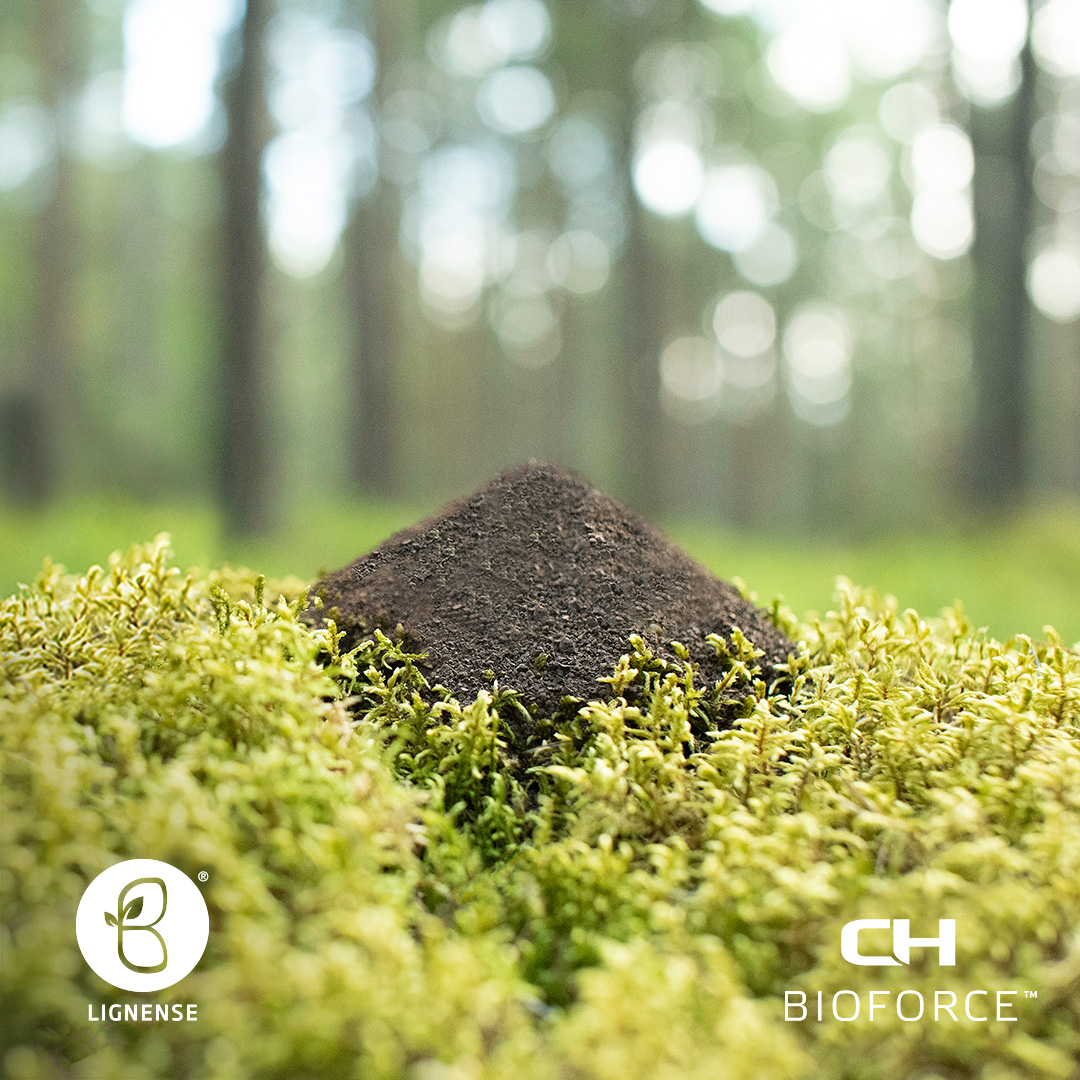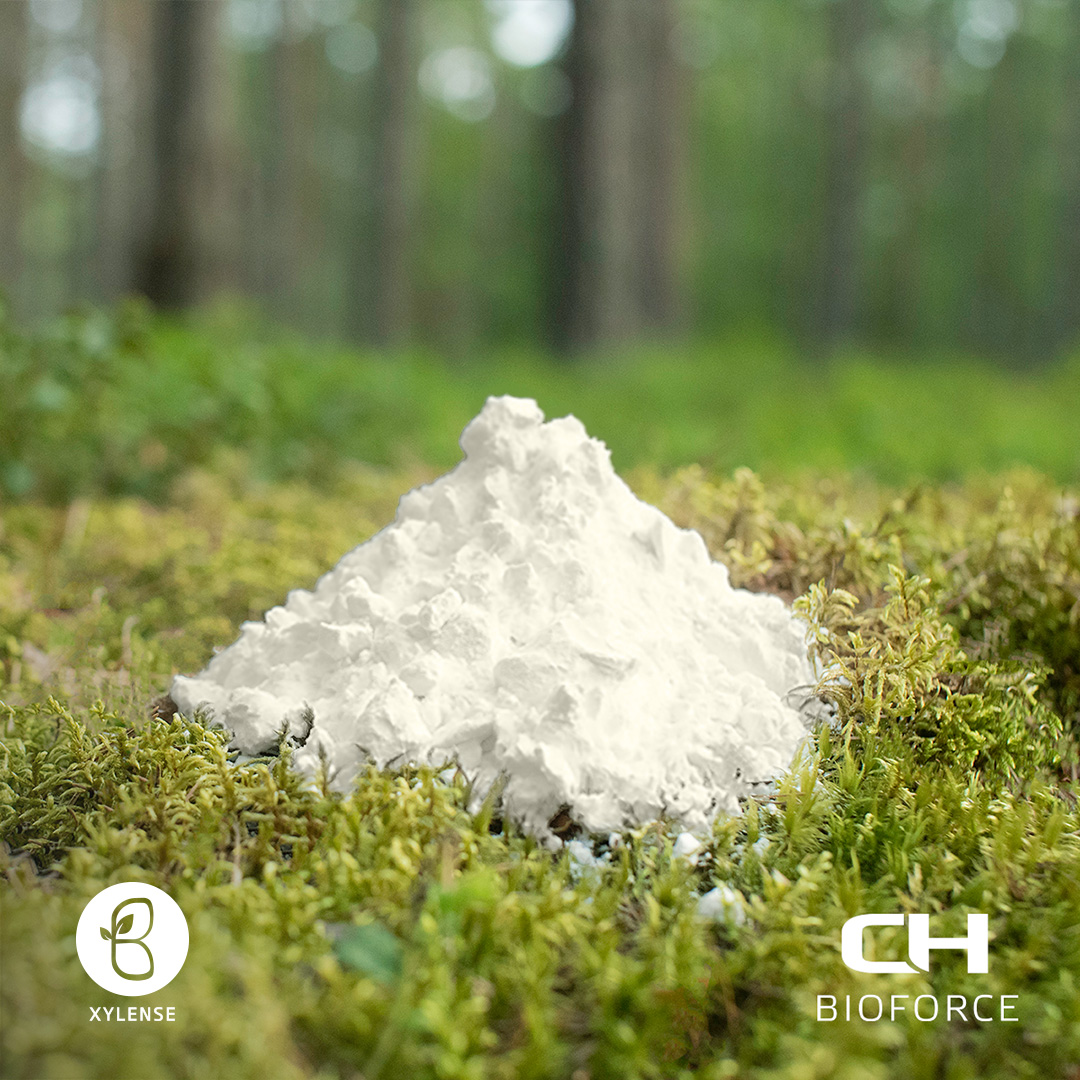
New study reveals unique structure and high reactivity of CH-Bioforce oat husk lignin

Oat husk is an abundant, food-grade side stream produced wherever oats are processed. Traditionally underutilised, it contains around 25% lignin – a complex biopolymer that could become a valuable raw material for bio-based chemicals, materials and fuels.
A new peer-reviewed study (published in Biomaterials and Biotech in Biorefineries – NWBC 2024) using oat husks from CH-Bioforce BIOFORSENSE® fractionation process provides the most detailed structural characterisation to date of soda-extracted oat husk lignin (OHLN). The results show that OHLN is a highly promising, reactive and versatile lignin for advanced material applications.
The work was carried out on lignin produced at CH-Bioforce’s Finnish biorefinery using BIOFORSENSE® technology and purified from soda black liquor.

What the researchers found
Using a wide set of analytical tools (FTIR, NMR, GPC, DSC–TGA and Py-GC/MS), the team examined the composition, linkages and molecular structure of OHLN.
Key results include:
-
- High purity and low contamination
- Balanced and reactive aromatic structure
- Moderate condensation and good reactivity
- Processable molecular weight
- Thermal properties

Why this matters?
The study confirms that CH-Bioforce oat husk lignin is:
- Sulfur-free and high-purity
- Structurally less condensed than many wood-derived technical lignins
- Rich in functional groups, offering excellent reactivity
- Derived from a rapidly renewable, food-grade side stream
These qualities make OHLN a strong candidate for:
- Phenolic and bio-based adhesives
- Coatings, binders and composite fillers
- Concrete additives (with dual valorisation potential when precipitated using acetic acid)
- Carbon materials and thermochemical conversion
- Oat husk, available in large annual volumes, provides a scalable and sustainable raw material for the circular bioeconomy.

From lab to application
Based on these structural insights, the authors highlight several promising use cases for OHLN:
Phenol–formaldehyde and other phenolic resins
High phenolic OH content and moderate molar mass support partial phenol replacement in PF adhesives.
Concrete and construction materials
When OHLN is precipitated with acetic acid, both lignin and sodium acetate by-product can act as functional components in concrete – enabling dual valorisation with minimal waste.
Coatings, fillers and carbon materials
The combination of aromatic structure, hydroxyl functionality and favourable thermal behaviour supports use in binders, coatings and carbon-rich materials.
With oat husk available in large volumes and replenished in a single growing season, OHLN offers a renewable, food-industry-compatible alternative to many fossil-based or wood-only lignin sources.
Interested to find out more? Download the full article here.
CH-Bioforce Oy
CH-Bioforce Oy is a Finnish start-up founded in 2016. The company’s innovative fractionation technology dates back to 2011, when inventors Lari Vähäsalo, Nicholas Lax and Sebastian von Schoultz made their first findings. Today, the company forms part of the Chemec group, which operates in the chemical industry. CH-Bioforce currently employs ten members of staff. Our R&D and pilot plant is located in Raisio, Finland.







